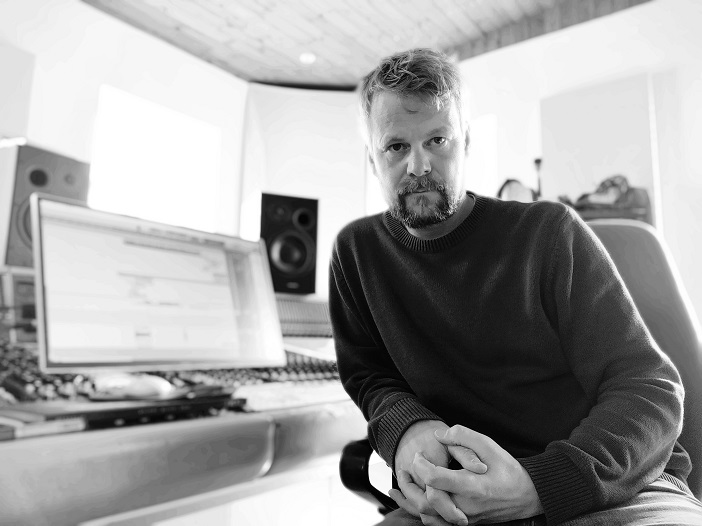Iceland: the magic, the music and the master: Birgir Jon Birgisson
My love for Iceland goes way back in time, as does my preference for quirky music. Suddenly my loves melted together, driving through the vast sands of the Skeiðarársandur, with a left view of the Vatnajökull ice cap and on the right, if I looked closely, the black lava beach of Vik, while the earthy but also heavenly tones of Sigur Rós floating around in my car… What is typical Icelandic music? What is it formed by? And why do Belgian bands for instance also find inspiration over here? Strange, that love also raises many questions… Time for a conversation with Birgir Jon Birgisson, the great Icelandic producer of many Icelandic and international bands, especially famous for his work with one of Iceland’s figureheads: Sigur Rós.
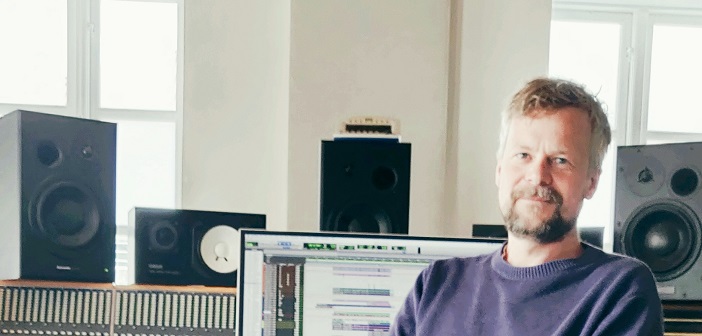
Iceland is also locked at the moment, so the 2206 kilometers between my own hometown Maastricht and Reykjavik are wirelessly bridged. From my record collection I show him the album “Life’s too good” via the laptop camera, the debut of the Sugarcubes. He beams and nods “Yes, this is where the modern Icelandic scene started. You already had Mezzoforte back then, but the Sugarcubes were the first to have a huge success outside Iceland.” We write 1988, the time when alternative music was mainly dark, while the Sugarcubes suddenly flooded Europe with colorful, cheerful and experimental music. “They even played as a support act for U2, at the time of Zoo TV.”
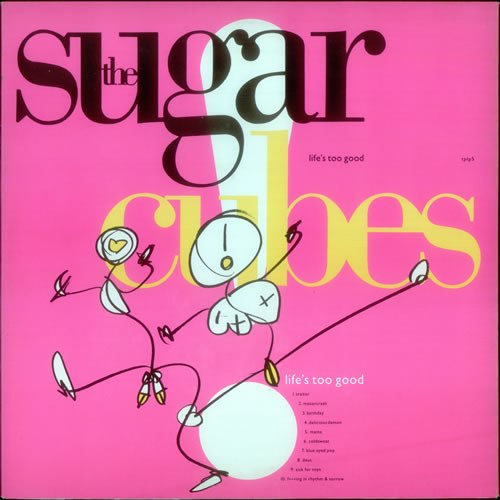
In 1992, the singer went solo under her own first name: Björk. Birgir Jon becomes lyrical: “She means so much; was really a superstar in the 90’s. She made our music known around the world. The world got to know us. Other bands also took advantage of that.” He lists a number of bands, of which the post-rock of Sigur Rós, the electronics of GusGus, and the indie-folk of Múm are best known. However, this is a bit later, already in the new century. Later, other names were added to the current artists such as Ólafur Arnalds and Ásgeir.” All typically Icelandic, but there are clear differences between the older and new artists and bands. “At the beginning of the century you had a very lively scene in Reykjavik, with many musicians. Everyone knew each other and played in each other’s band. But to distinguish yourself from others you had to be headstrong, stand out, dare. Each band created its own strong identity. Those have become characteristics of Icelandic music.” This natural competition has not only boosted the whimsy, but also the quality and the wide spread across the various music styles, even to the metal of Sólstafir, among others. “But the music industry has changed in the last ten years. Everyone can make and stream music.”
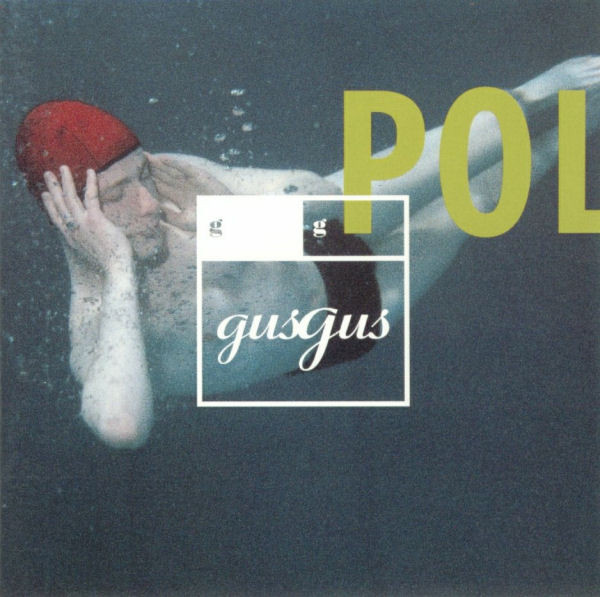
The quality stamp of a label no longer seems necessary. Although the label who signed the Sugarcubes, “One Little Indian”, still exists and still has a few Icelandic artists in its roster, such as Björk, Ásgeir, Fufanu (indie rock) and Emilíana Torrini (pop-folk). This brings the conversation to a thorny point: artistic versus commercial. The first bands did “naturally” well abroad. “Made in Iceland” was almost a guarantee of quality. Birgir Jon nods. “I always go for the artistic result.” “But”, I challenge defiantly, “Do you sometimes think ‘If I do this or that, does it sell better?’ ” Relaxed as always, he replies with an anecdote about Sigur Rós. “For the album ‘Takk’ we came up with the working title ‘Hit one’ for one song. Ultimately that became the song “Hoppipolla”. ” “But”, I say honestly, “isn’t that the most accessible song on the album?” “Exactly! But of course it started as a joke.”
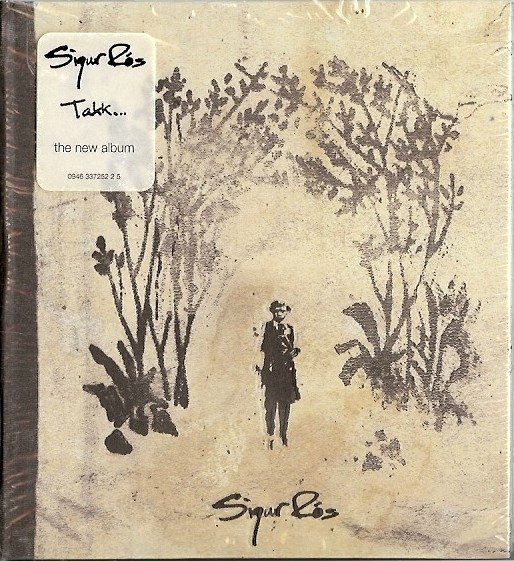
That was in 2005, the heyday of Icelandic musical whimsy. Birgir Jon nowadays finds it less easy to find. It is now less “typically Icelandic”, like Ásgeir’s pop (“Excellent musician, you know”) and Of Monsters and Men. And by that he also means “more commercial”. Although it is precise because of this that most Icelandic artists no longer make it big abroad. “With more R&B and pop-oriented music, you cannot distinguish yourself from American and European music.” “What about Ólafur Arnalds?” To me, his popular neoclassical music with light electro influences really sounds Icelandic. “In itself i agree, but he experiments less, is less innovative. But he is good though”, he almost apologizes. “And by making good use of the new media, Ólafur also manages to reach a very large audience.”
And that’s nice, because on an island with 320,000 inhabitants, of which 200,000 in Reykjavik, the club circuit of course is small. “Often people also play outside the concert halls in the countryside. A tour can still take you to about sixty places.” Something that immediately reminds me of Sigur Rós’ beautiful documentary ‘Heima’. Birgir Jon was the sound engineer and remembers the summer 2006 trip well. “The band had played all over the world and actually wanted to give something back to Iceland. It was a kind of gift to the population to give free concerts to the most faraway corners of the island.” In addition to beautiful music and images, it also offered a nice insight into the life of the Icelanders, puny but proud in their grand landscape. ‘Heima’ (Icelandic for home or at home) was concluded with a spectacular open-air performance in hometown Reykjavik.
In this culturally vibrant capital, where music is also strikingly attracted to other arts and literature, the Airwaves festival is also organized every year: four days of concerts in halls, but also in churches, monuments and other atmospheric places with a mix of the best Icelandic scene, supplemented with international names. Last year, among others with the Belgian band Sons. “It has always been a great stage for alternative music. However, with a new owner it is now more commercialized and less exciting.”
Birgir Jon is clearly more of the artistic than the commercial. A reason why Belgian bands also graft their music on the Icelandic feeling, which he also describes as “cinematic”. For example, Ansatz der Maschine teamed up with producer Valgeir Sigurdsson for the latest album ‘Burial songs’, OUTER went to sheep farm Eyjardalsá for inspiration and although Sohnarr actually got her inspiration from Norway and Sweden, she also fits in this cinematic row of feelings. LYENN and Illuminine even made their albums together with Birgir Jon, who call him ‘Biggi’. “They fit in nicely with the Icelandic tradition and Kevin Imbrechts (Illuminine) would totally belong here.” I would call that a compliment, Kevin…
In my mind I drive on again. In the rear view mirror I just see the top of volcano Katla and in front of me the endless road to ice lake Jökulsárlón stretches. And in my head the artistic, cinematic and quirky tones of the Sigur Rós album ‘Takk’ echo. Thank you …
